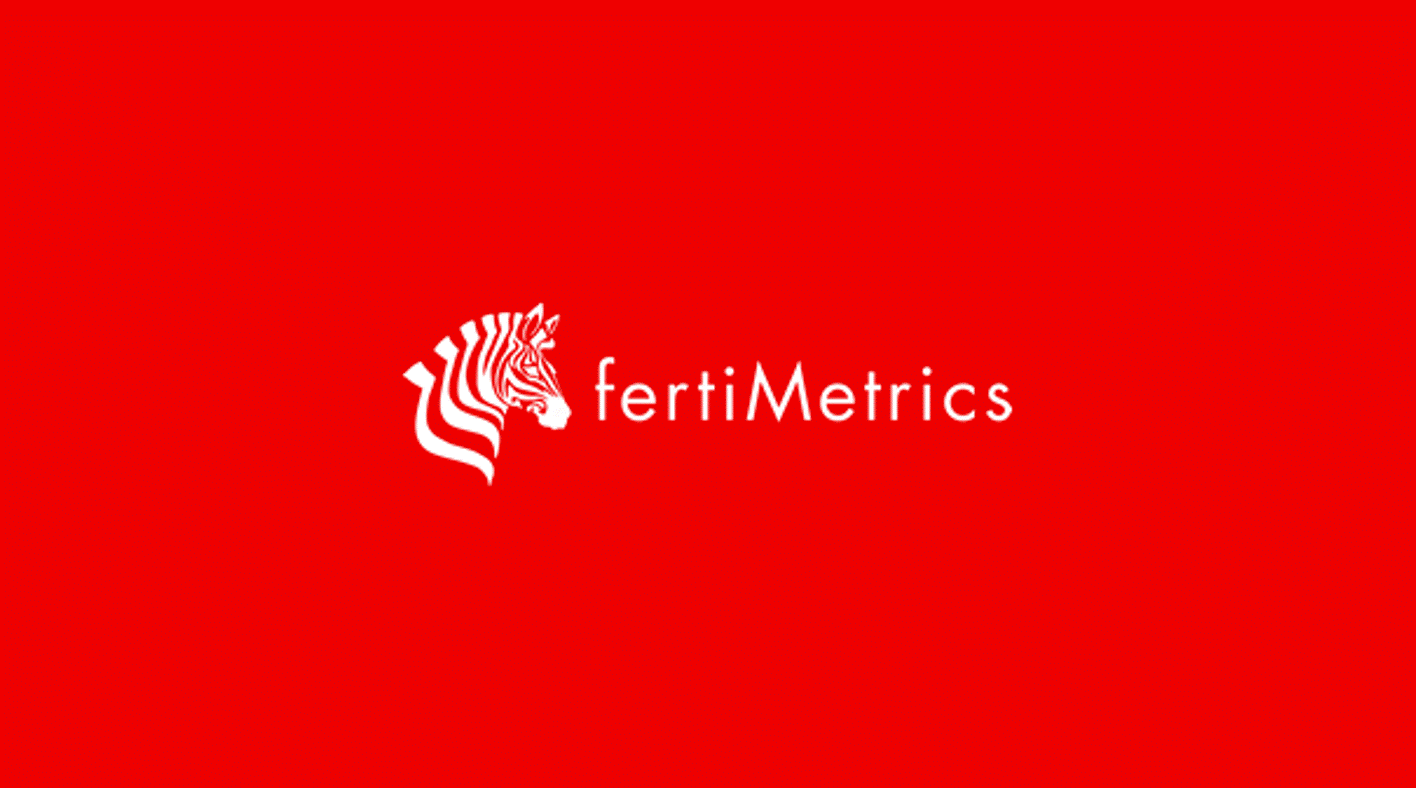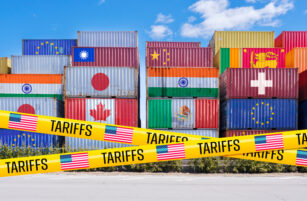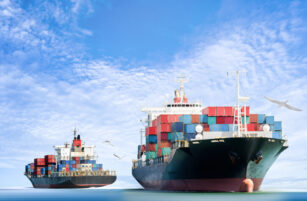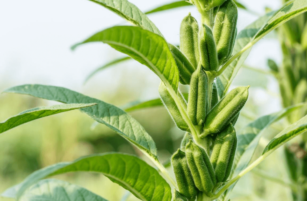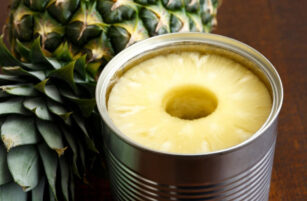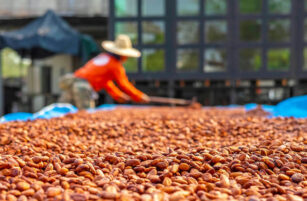Insight Focus
- Pockets of phosphate demand emerge in East Africa and Pakistan.
- On the whole, fertiliser markets are turning bearish on too little demand and oversupply.
- After the conclusion of India’s urea tender, there will be little appetite for large purchases.
US DOC Surprises with Cut to Moroccan Phosphate CVD
The US Department of Commerce (DOC) surprised the market by reducing Morocco’s import duty from 19.97% to 2.12%. The expectation was that the countervailing duty (CVD) would be set at 15%. Morocco’s OCP is therefore likely to again enter the US market with both DAP and MAP in due course. At the same time, the DOC raised countervailing duties on Russian company Phosagro from 9.19% to 28.5%.
Elsewhere, the market is still assessing the implication of the 31% DAP subsidy cut, which most likely will dent imports in the next few months. The current DAP price in India is around USD 595/tonne CFR and with the subsidy cut the importer break-even is assessed at around USD 485/tonne CFR. This will likely decrease import demand, which, alongside additional supply coming onto the market, is creating a bearish outlook for prices.
However, the market remains tight with limited supplies from China, Russia and Morocco. The latter is focusing on supplying awarded East African tenders. China is expected to come into the market in the fourth quarter and the maintenance of plants in Russia should come to an end soon.
Pakistan is reported to have imported some DAP from China at USD 615/tonne CFR and Russian MAP supplies to Brazil increased on average by USD 5/tonne CFR to a range between USD 550/tonne and USD 560/tonne CFR.
Saudi Arabia exported 2.5 million tonnes of DAP in the first eight months, up from 1.95 million tonnes in the same period of 2022. MAP exports for the same period were 978,000 tonnes vs 796,000 tonnes in the first eight months of 2022.
New BHP Potash Project Could Add to Supply Glut
The outlook for MOP prices for the remainder of the year is bearish with the expectation of lower prices both in Brazil and Southeast Asia.
Both Brazil and Southeast Asian pricing remain unchanged from last week. Brazil granular MOP is assessed at USD 335-350/tonne CFR whilst standard MOP in Southeast Asia is assessed at USD 305-325/tonne CFR. Several import tenders in Indonesia are said to have resulted in prices below USD 300/tonne CFR but nothing is confirmed yet. The European market price has remained flat for the past 16 weeks.
All eyes were on the mining giant BHP’s further commitment this week to develop the world’s largest potash mine in Saskatchewan, Canada. The board approved the second phase of the project at a cost of USD 4.39 billion. It is expected to increase production by 4.36 million tonnes for a total of 8.5 million tonnes when fully operational.
The total cost on this project is said to be USD 15.1 billion. The question remains whether this project will contribute to the chronic oversupply of potash that has plagued the industry over a long period of time.
Imports of MOP to Indonesia this year through August were 1.423 million tonnes, down from 2.143 million tonnes in the same period last year. Malaysia’s imports were 843,000 tonnes, down from 1.037 million tonnes last year. Vietnamese imports were relatively stable for the period at 500,400 tonnes.
Urea Market Turns Bearish
Following India’s most recent urea tender resulting in the imports of 1.67 million tonnes, the market has turned bearish with no other markets picking up the slack. Brazil appears to be unwilling to buy substantial quantities from non-sanctioned origins with about 1 million tonnes reported to have arrived in October and another 700,000 tonnes arriving in November.
These were all sold at reasonable prices lower than USD 400/tonne CFR. The US market is out of season and European buyers are on the sidelines.
India may not return to the market for some time. In addition, India’s will increase its domestic urea production capacity by 4 million tonnes this year, which surely will reduce reliance on imports in the future.
Import tenders in Ethiopia, Bangladesh and Pakistan may give some relief to urea producers in the next couple of months.
Indonesia exported 701,000 tonnes between January and August compared with 1.265 million tonnes in the same period last year. Saudi Arabia exported 2.67 million tonnes compared with 2.9 million tonnes year over year. Mexico’s imports increased to 1.7 million tonnes, up from 1.07 million tonnes.
Ammonia
The outlook for ammonia prices is bearish on greater supply. The international ammonia market was quiet this week. Buyers held off with the expectation of prices tapering off at the end of the year on the back of increased supplies.
European TTF month ahead gas price was just shy of USD 15/MMBtu which gives a production cost equivalent of USD 575/tonne in Europe exclusive of carbon tax.
Indonesian exports through August were 1.14 million tonnes compared with 1.33 million tonnes of ammonia in the first eight months of 2022. Saudi Arabia’s exports were 1.580 million tonnes, slightly less than the 1.613 million tonnes achieved last year.
